Happy Samhain and Dia de los Muertos!
Tracing Ancient Celtic and Mesoamerican Roots of Halloween
The Celts - Fathers of Europe
Mirija Gimbutas, a prominent Lithuanian-American archaeologist and anthropologist, argued that the ancient Celts can be considered the Fathers of Europe. Originating from the nomadic steppes of Central Asia, these groups migrated into Anatolia before dispersing throughout the European continent.
Their impact on European culture and history is immeasurable, as demonstrated by the La Tène and Hallstatt cultures, two distinct but related Iron Age cultures that spanned a broad swath of Europe. These are the two most famous and richest Celtic European archeological sites, although there are many others.
The Celts' influence can also be traced through European place names. From cities like Paris, France - the Celtic Parisii tribe - to rivers like the Danube, named after the Celtic mother goddess Danu, their linguistic footprint is substantial. While their influence once spread throughout Europe, the core Celtic population now primarily resides in the five former Celtic Nations of Northwest Europe: Ireland, Scotland, Wales, Cornwall, and the Isle of Man.
I resided in Cornwall in the late 1990s in a lovely area called Lamorna, a writer’s haven. We were but a brisk walk from the Merry Maidens Stone Circle and several other well known megalithic sites. The Church, threatened by all things pagan, taught that these 19 maidens were turned to stone because they dared to dance on the Sabbath. The prehistoric monument, of course, predates Christianity by one or two thousand years.
Celtic Festivals - Rhythmic Connections to Nature
The ancient Celts followed a seasonal calendar that divided the year into two halves: the light half, starting on Beltane (May 1st), and the dark half, starting on Samhain (November 1st), which we celebrate today as Halloween or All Hallow’s Eve. These Celtic festivals, including Imbolc (February 1st) and Lughnasadh (August 1st), marked critical points in the agricultural calendar and were opportunities for communal celebrations.
Samhain (pronounced “sow-in”) translates roughly as “summer's end" and signaled the end of the harvest season and onset of winter. It was believed to be a time when the veil between our world and the otherworld was thinnest or lifted, allowing easier passage for spirits and fairies, as well as the ancestors.
Offerings were left out to appease wandering spirits and bonfires were lit to honor ancestors and ward off malevolent beings. It was also a time for divination, where the Celts sought guidance and foresight for the coming winter months.
Despite the spread of Christianity across Europe, Samhain refused to be stamped out. The 9th-century church, recognizing the futility of eradicating the beloved festival, strategically decided to overlay it with a Christian celebration. Thus, All Saints' Day (or All Hallows' Day) was moved to November 1st, and October 31st became All Hallows' Eve. The original practices of Samhain were not so much replaced as absorbed into the new holiday, ensuring the celebration's survival but with a Christian veneer.
In Europe, rather than trick or treating, kids go around the neighborhood guising. Their cute costumes are the centerpiece, not candy. Then there are the mummers. According to Celtic and Nordic folk traditions, mummers are beings that walk between the worlds.
The legacy of Samhain serves as a testament to the resilience of cultural traditions and the permeability of religious boundaries. Even in our modern world, echoes of this ancient festival continue to resonate. From Halloween costumes that mimic the disguises worn by the Celts to ward off spirits, to the lighting of bonfires and jack-o-lanterns that trace back to ancient rites, the threads of Samhain are tightly woven into the fabric of contemporary life, reminding us of the enduring influence of Europe's Celtic "fathers."
Dia de los Muertos - Vibrant Celebrations of Life and Death
Dia de los Muertos, or Day of the Dead, is a vibrant and colorful Mexican holiday that celebrates the lives of deceased loved ones. Unlike Halloween, which is often associated with spookiness and costumes, Dia de los Muertos is a joyful and deeply spiritual celebration. It typically takes place on November 1st and 2nd, coinciding with the Catholic holidays of All Saints' Day and All Souls' Day.
The origins of this tradition can be traced back thousands of years to the indigenous peoples of Mesoamerica, such as the Aztecs and Maya. These cultures had a rich understanding of the cycles of life and death and believed that the deceased should be remembered and celebrated, rather than feared.
When Spanish conquistadors arrived in the Americas, they attempted to suppress these indigenous traditions, but thankfully the holiday persisted and eventually merged with Catholicism.
During Dia de los Muertos, families create ofrendas (altars) in their homes, adorned with colorful marigold flowers, sugar skulls, candles and the favorite foods and drinks of the deceased. It's believed that during these days, the spirits of the departed return to the world of the living to enjoy these offerings and the company of their loved ones. Parades, music, and lively celebrations take place in cemeteries, where families gather to clean and decorate the graves of their ancestors.
Dia de los Muertos is a powerful symbol of the Mexican culture's unique blend of indigenous and European influences. It's a time for reflection on mortality, the honoring of ancestors and the joyful celebration of life itself. While it's closely linked with Mexican culture, variations of this tradition are found in other Latin American countries as well.
So as we celebrate Halloween this year, carving pumpkins and donning costumes, remember we're participating in traditions that have their roots in the mystical worlds of the wispy past. And in cultures that profoundly shaped the landscape of Europe, Mexico and America that continue to influence us today. And hopefully also influence and inform our spiritual lives.
Remember your lost loved ones and ancestors on this holy day. And don’t forget about your precious deceased pets! They’re in Heaven too!
And please pray for peace in a world gone mad. 🙏

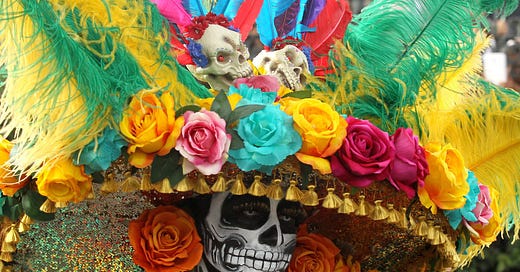



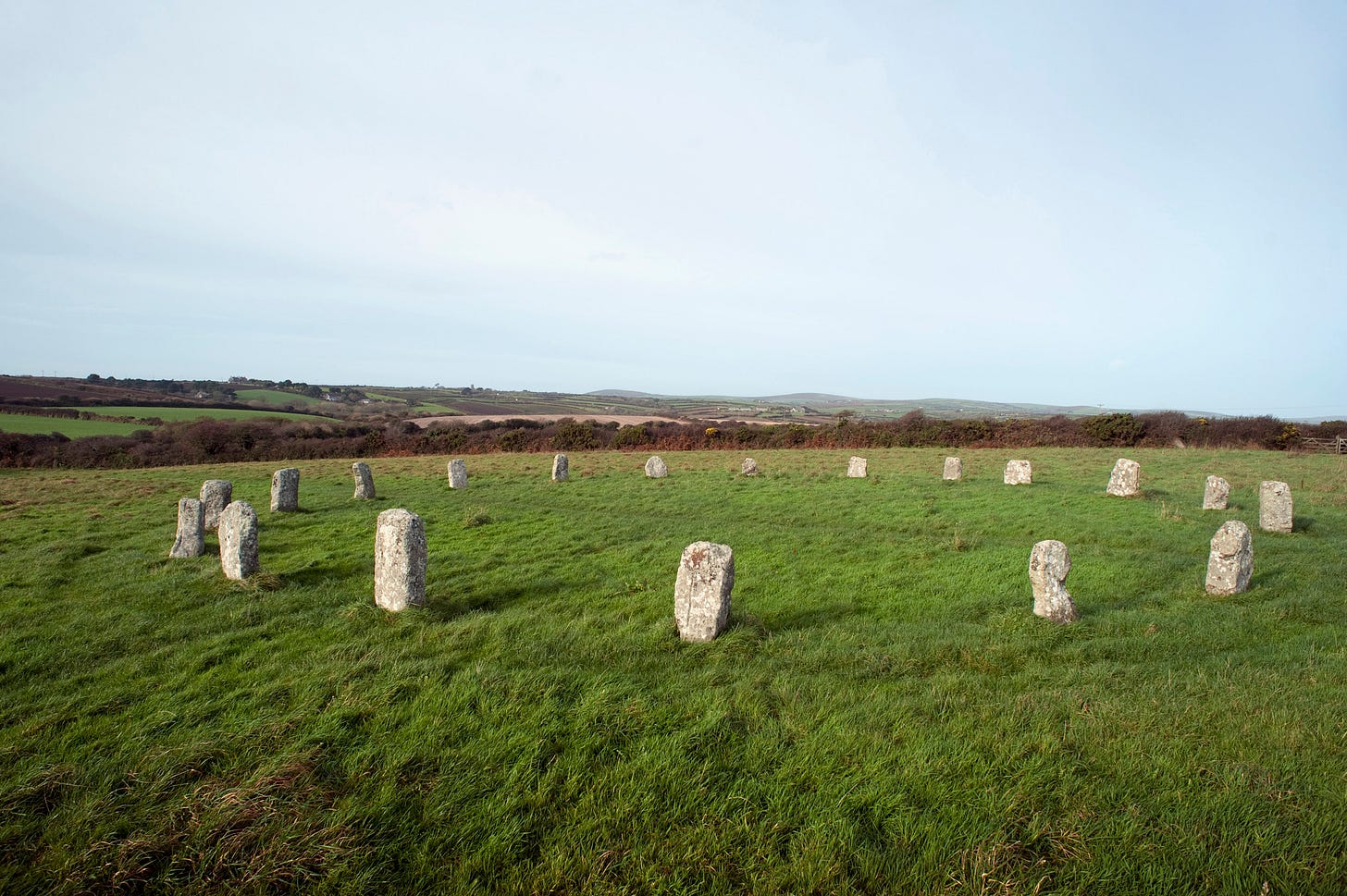
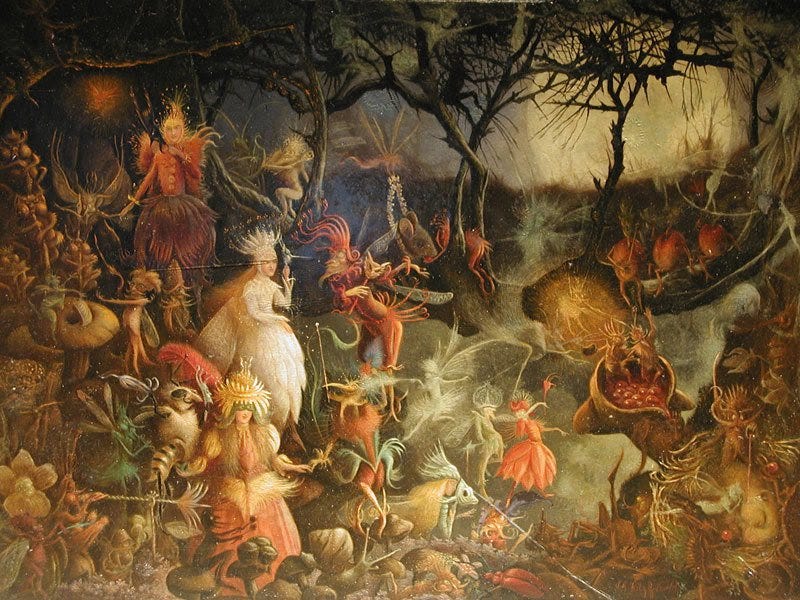
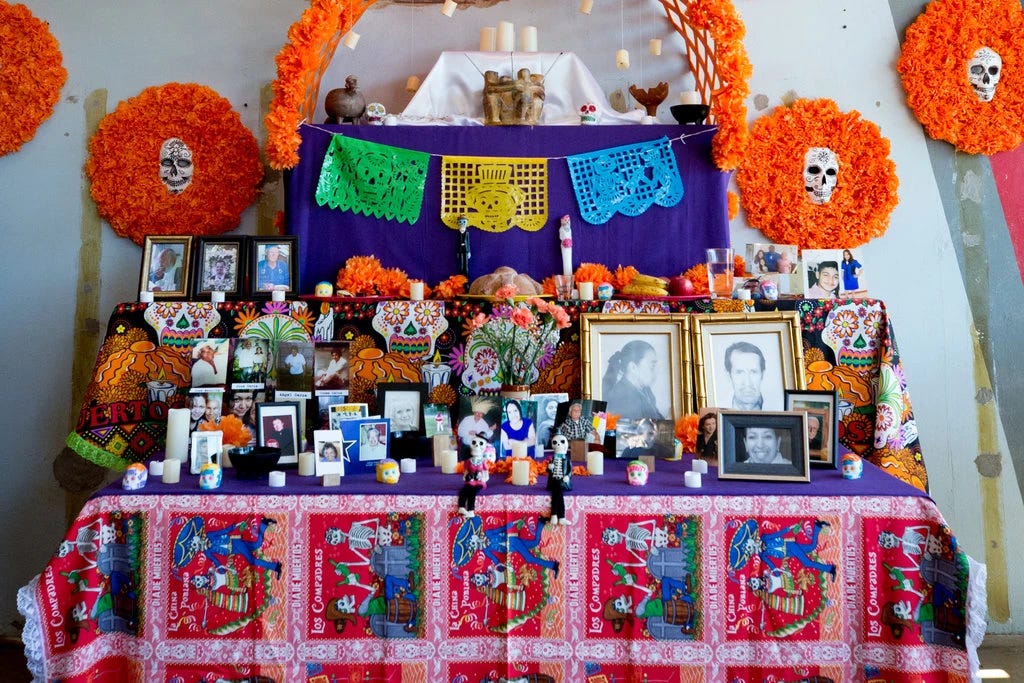
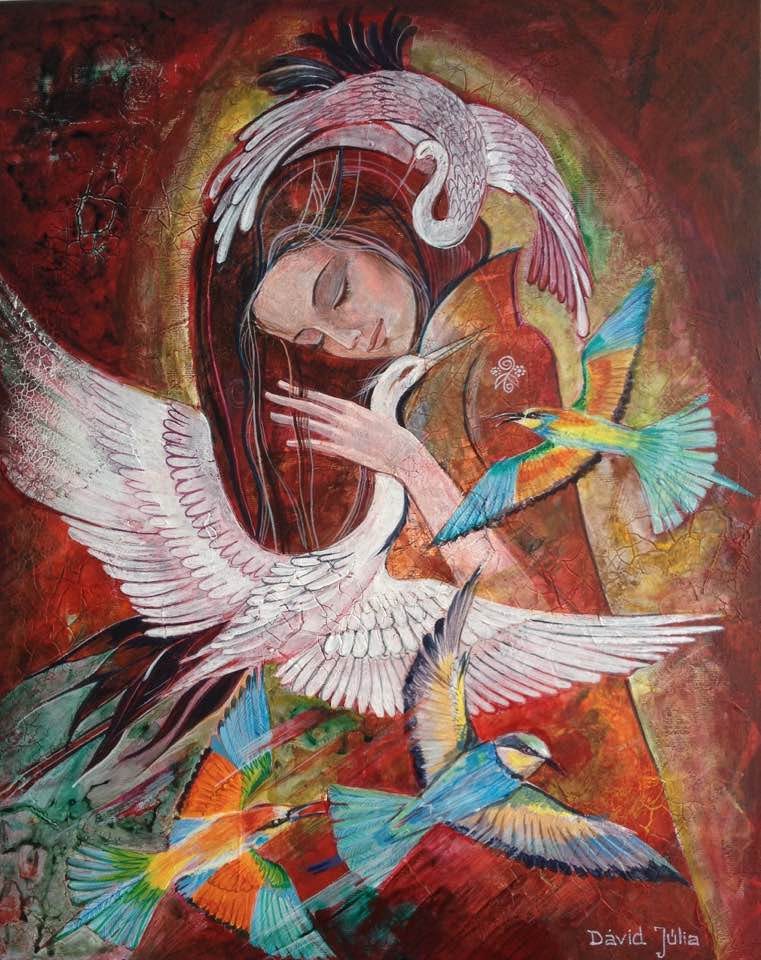
Thanks for this rich historical account. It contrasts so starkly with present-day superficial, commercialized rituals that have essentially no basis in the traditions from which they're derived. Such is our post-modern (non)reality.